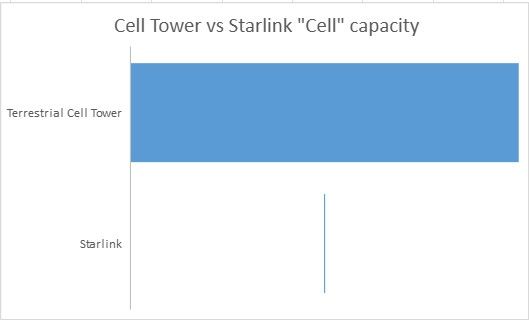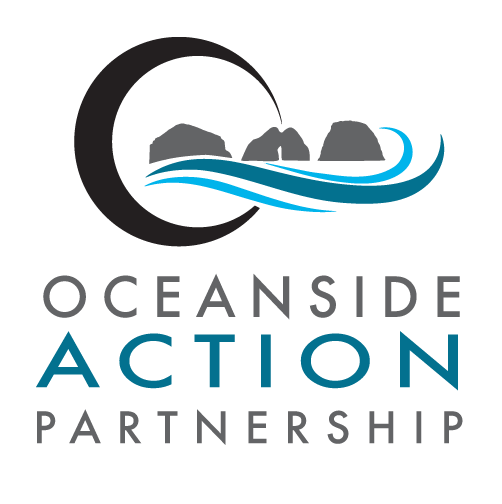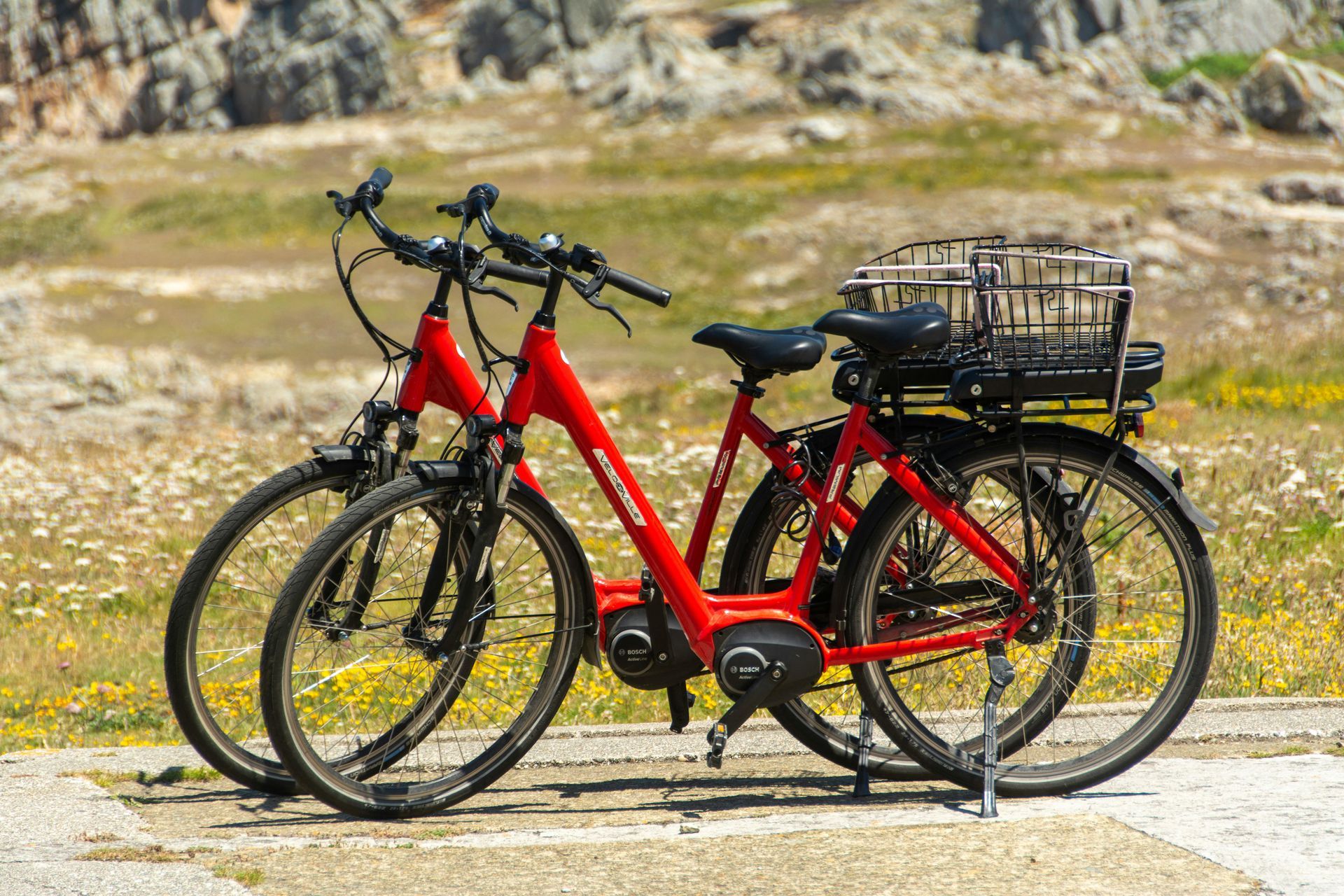Improving cell reception team update 12/10/2024
Cell Tower
Coordination efforts to bring a new cellular service site/tower closer to Oceanside continue.
One of our team members Paul Newman, Oceanside Water District's (OWD) Chairman, led an on-site meeting on November 26 between an engineer representing the tower construction company and Water District technical personnel. The purpose of the meeting was to ensure the tower construction at the selected site (OWD leased property) would not negatively affect current OWD operations and any OWD engineering work envisioned for the future (i.e. an Emergency Intertie between Oceanside and Netarts Water Districts).
The experts agreed that the tower placement would not interfere with OWD operations, nor would it be in a way of any other Water District's projects being considered.
We will continue to work very closely with the tower company and assist in any way we can to expedite the process of building the tower and improving cell reception for the community.
Oceanside Public Wi-Fi
The public Wi-Fi network in Oceanside, as originally designed and budgeted, was envisioned as a bridge project to add mobile connectivity coverage for the most visited areas in Oceanside's main village and the adjacent beach area for emergency communications while the new cell tower site was being constructed.
Back in September we applied for T-Mobile's Hometown grant to fund the Wi-Fi project. The winners were announced at the end of November - our project was not selected for funding. Our plan "B" was to apply for Tillamook County's Tourism Facility's Grant (funded by the TLT money), and for Travel Oregon competitive grants.
However, earlier this week our team decided to put the Wi-Fi project on hold and stop seeking funding for it.
We made this decision based on two factors:
1) The cell tower project is moving forward rapidly. The tower building company expects to complete the project earlier than originally anticipated.
2) Currently there are positive developments in the "direct-to-cell" efforts by SpaceX (through Starlink/T-Mobile partnership), Apple and other big name technology companies.
While #1 above is self-explanatory, the "direct-to-cell" progress in the last 3 months is truly remarkable and deserves a few words in this update.
Direct-to-cell is a term used to describe wireless communications via a satellite in orbit from a standard unmodified handset (your smartphone). The benefit is clear - no mobile communications dead zones.
T-Mobile and Starlink are at the forefront of the effort, utilizing Starlink constellation of about 330 (at the time of this update) direct-to-cell capable satellites. The partnership planned to launch the service this year, offering texting capabilities in 2024, and adding voice and data in 2025.
The system was successfully life-tested in October during hurricane Helene with FCC emergency authorization. People in the path of the hurricane were able to text and receive Wireless Emergency Alerts while the cell towers were down.
On November 26, 2024 FCC approved T-Mobile and SpaceX's direct-to-cell service. An official announcement for the service launch can be expected very soon.
Other providers are racing in the same direction. AT&T and Verizon partnered with AST SpaceMobile to develop and provide similar "direct-to-cell" service. With the latest system update in October of this year Apple expanded satellite two-way texting on iPhone14 and 15 models from emergency services only to any recipient. This capability was tested successfully here in Oceanside by a number of people.
All of the above developments are very good news for Oceansiders and our guests. The lack of mobile connectivity for emergency communications is quickly becoming a problem of the past.
Because of these very recent and rapid developments in the "direct-to-cell" space we put the public Wi-Fi for emergency communications project on hold, as it would provide the same benefits as the "direct-to-cell" services. We would not want to waste resources on a duplicate capability.
Please don't hesitate to reach out to us through the website's contact form with any questions about this.
Why do we still need a new cell tower if the "direct-to-cell" technology is here?
That's a very good question. Why is our team is still putting in efforts to move the cell tower project forward if Oceansiders are going to have mobile connectivity through satellites?
Direct-to-cell offering will start with the least bandwidth intensive service - texting. As far as e-mailing, web surfing, video conferencing, movies streaming, and other data hungry applications - those will not be available any time soon through "direct-to-cell" technology.
It is all about the difference in the level of service linked to the bandwidth capacity limitations between the two options - the terrestrial cell towers and direct-to-cell communications through satellites.
The terrestrial towers utilize 5G protocols and backhaul links (fiber or microwave) that allow for data speeds of up to 20Gbps.
In comparison, a Starlink direct-to-cell beam from space creates a terrestrial "cell" about 15 miles in diameter that provides only 10Mbps of bandwidth shared between all subscribers within the cell.
**Please note that Starlink High Speed internet and Starlink Direct-to-Cell are two separate and distinct services provided by separate constellations.




